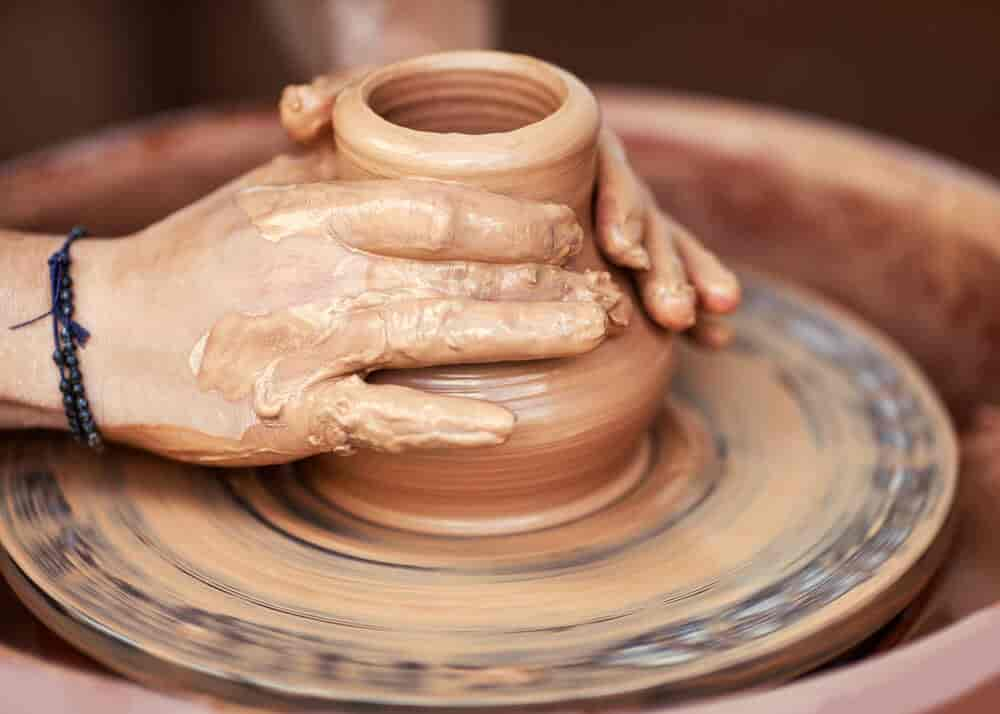Pottery stands out as a craft deeply rooted in tradition and craftsmanship. However, as the world turns its gaze toward sustainable practices, the pottery community has embraced a renewed commitment to environmental responsibility. From clay selection to firing techniques, sustainability has become a guiding principle for modern potters, shaping both their creative process and the products they produce.
Clay in its raw form is a biodegradable, natural material sourced directly from the earth that is however non-renewable. With the industrial mass production of ceramics that is sold for super cheap, the natural processes which form clay cannot keep pace with the rate it is being mined. Certain coloring oxides, like cobalt, are scarce, challenging to extract, and found in regions where unethical practices are prevalent. Additionally, glazes may contain pollutants such as lead and barium.
Though individual and small potter studios do not produce a significant amount of carbon footprint, there are still ways for us to turn our studios greener and be as sustainable as possible.

One of the pivotal aspects of sustainable pottery lies in the choice of materials. Many potters now opt for locally sourced, eco-friendly clays that minimize the environmental impact associated with transportation. Additionally, the use of recycled clay or reclaiming and reusing excess clay from previous projects has become a common practice, reducing waste and promoting a circular approach to production. Furthermore, the use of non-toxic glazes, re-using and recycling excess glaze is a big step towards sustainability.
Firing, a crucial step in pottery, has traditionally been energy-intensive. However, sustainable potters are exploring alternative firing methods, such as electric, solar and wood-fired kilns, to minimize carbon footprints. These methods not only reduce energy consumption but also impart unique, unpredictable patterns to the finished pieces, adding an element of nature's randomness to the artistic process. Even smaller steps such as making sure your kiln is full before firing can over time make a huge impact.

Rather than creating tons of ceramics, we place value on creating unique pieces that are meant to last and to be loved for a long time. This means that most of our products are made-to-order to prevent waste. As consumers, pottery pieces can be reused, recycled and repaired. For example, a once beloved mug can be served as a pencil holder. Kintsugi which roughly translates to 'joining with gold' is a centuries-old Japanese repair technique that takes the broken parts of cherished pottery, glues them back together with a Japanese lacquer, and paints the seams with gold or silver powder. Pieces that cannot be saved, can be taken to the local recycling center to be repurposed as gravel or crushed to be used in drainage and sewage systems or made into different ceramics in order to not end up in landfill.




